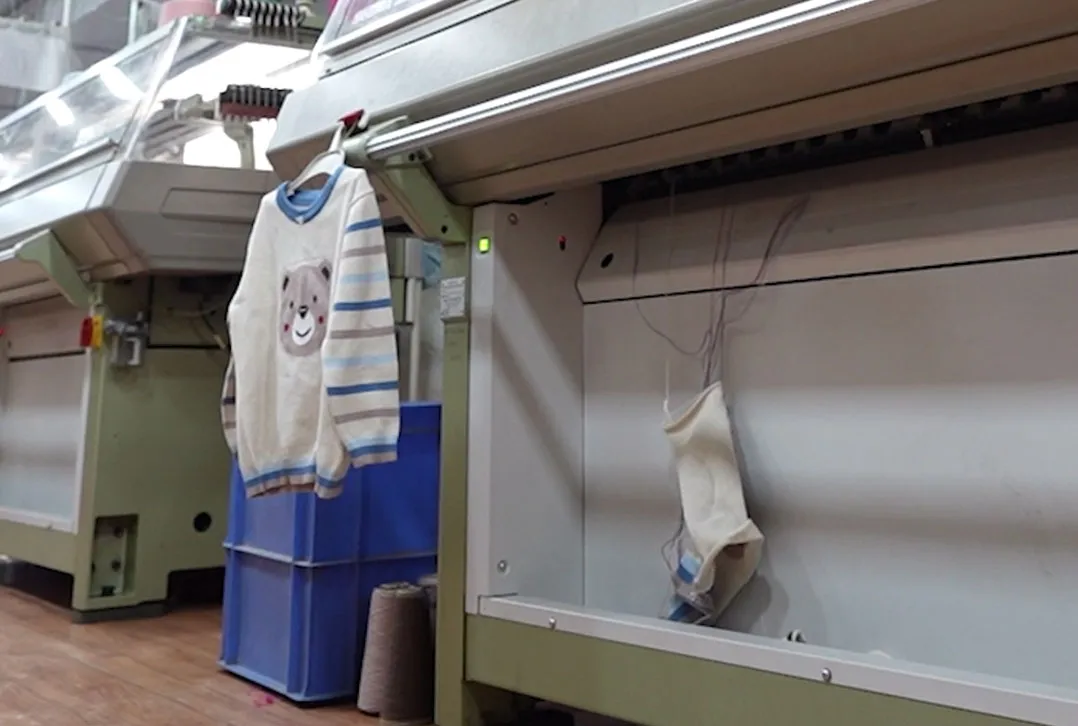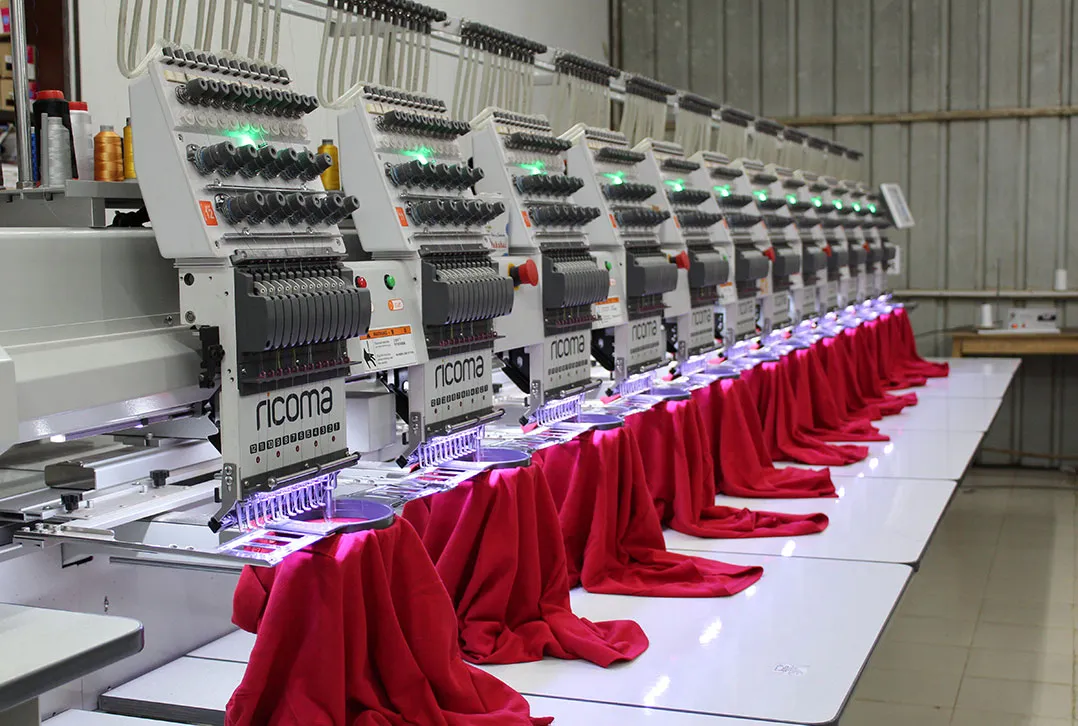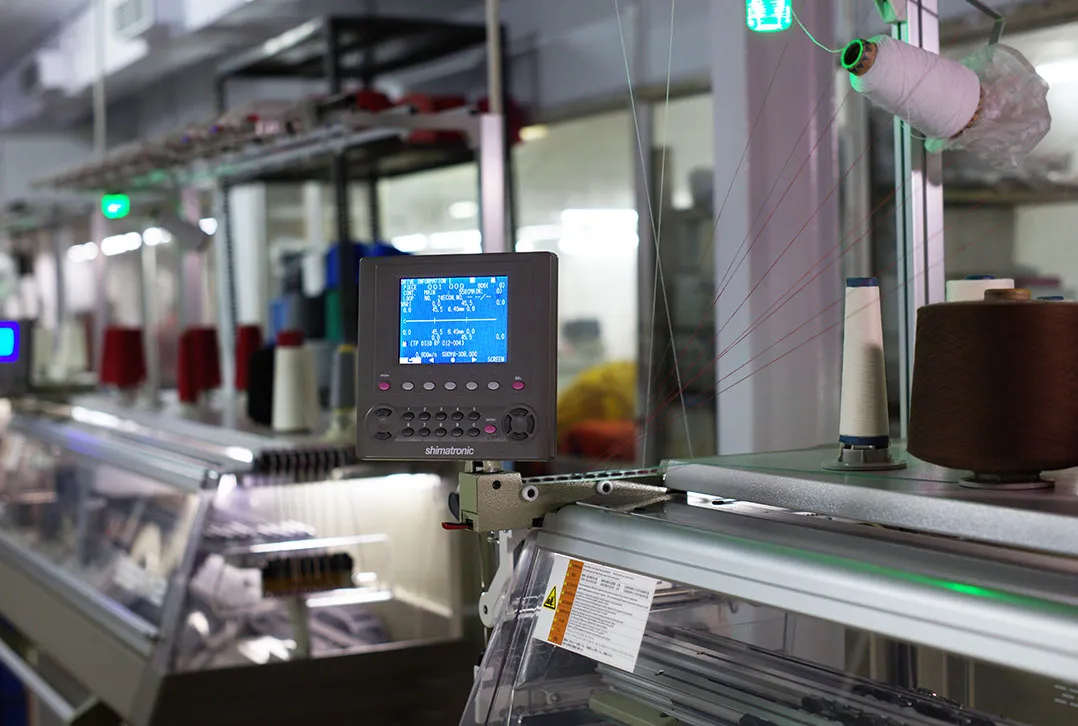Flat knit garments have come a long way, evolving through technological advancements and innovative manufacturing techniques. From their humble beginnings as simple, hand-knitted items to sophisticated, machine-produced apparel, flat knit garments now offer unparalleled versatility, comfort, and style. This article delves into the journey of flat knit garments and the innovations that have shaped their evolution.

Flat knitting has its roots in traditional hand-knitting, where garments were painstakingly crafted one stitch at a time. This method, while effective, was time-consuming and limited in its ability to produce consistent, high-quality garments.
The advent of knitting machines in the 19th century marked a significant turning point. These machines automated the knitting process, enabling the mass production of flat knit garments. Early knitting machines were manually operated and required skilled labor to produce even basic patterns. However, they laid the foundation for the sophisticated technology we see today.


The introduction of computerized knitting machines revolutionized the industry. Modern flat knitting machines, such as those developed by Shima Seiki, offer unparalleled precision and efficiency. These machines are capable of producing complex patterns and designs with minimal human intervention, thanks to advanced software and automation.



Flat knit garments offer numerous advantages over other types of knitwear and woven fabrics:

The evolution of flat knit garments is far from over. As technology continues to advance, we can expect even more innovations in this field. Potential future developments include:

The evolution of flat knit garments reflects the broader trends in textile manufacturing, where technology and innovation drive continuous improvement. From hand-knitting to computerized machines, the advancements in flat knitting have transformed the industry, offering enhanced comfort, versatility, durability, and sustainability. As we look to the future, flat knit garments will continue to lead the way in textile innovation, meeting the demands of modern consumers and setting new standards in apparel manufacturing.